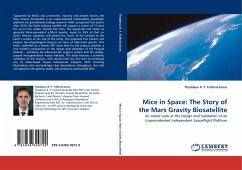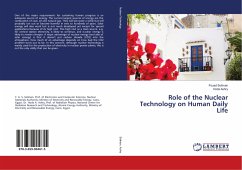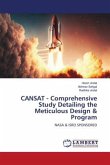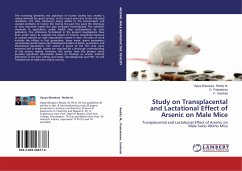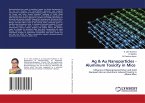Supported by NASA, top universities, industry and private donors, the Mars Gravity Biosatellite is an unprecedented independent spaceflight platform for gravitational biology research. With a projected first launch after 2010, the Earth-orbiting satellite will support a cohort of 15 mice for up to five weeks. During this time, the spacecraft will rotate to generate Mars-equivalent artificial gravity, equal to 38% of that on Earth. Reentry capability will permit the return of live animals to the Earth s surface at the end of the study. The proposed first mission will explore the physiological impacts on mice of Mars-level gravity. This book, authored by a former MIT team lead for the project, provides a true insider s perspective on the design and validation of the Payload Module including the advanced life support system and the widely-praised next-generation mouse habitats. The book features a scientific validation of the mission, with results from the first ever in-centrifugeuse of video-based mouse behavioural analytics. With stunning illustrations and outstandingly clear descriptions throughout, this title will appeal to the general reader and aerospace professional alike.

